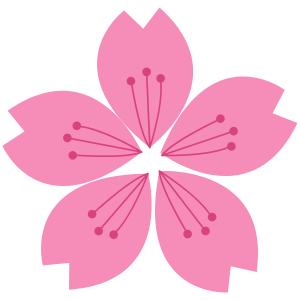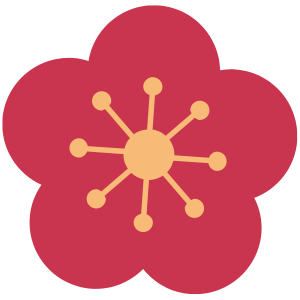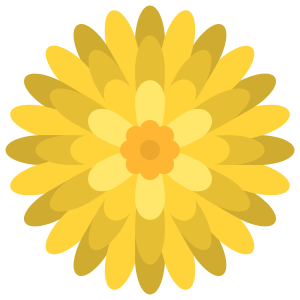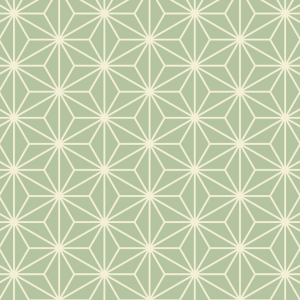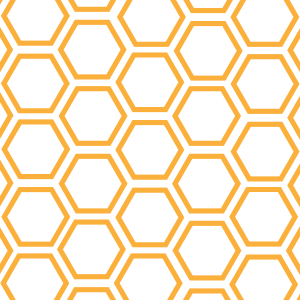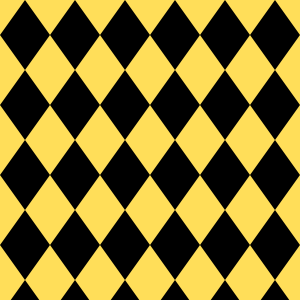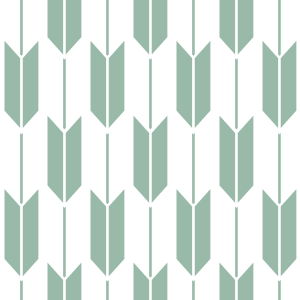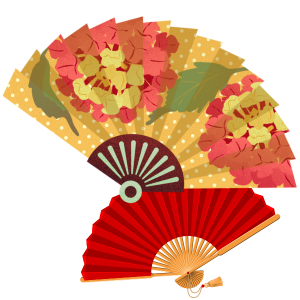Each Japanese pattern has its own meaning and history.
We carry many items with Japanese patterns.
Cherry blossoms are one of the most representative flowers of Japan.
It represents "the beginning of things" as it is the flower that heralds the beginning of spring after a cold winter. It is also an auspicious pattern, as the cherry blossoms blooming all at once also signify "prosperity" and "abundance.
Plum blossoms bloom in the cold winter and represent perseverance and strength.
Chrysanthemums were introduced from China as a medicinal herb in the Nara period (710-794). Chrysanthemums are used to wish for good health, such as "longevity" and "good health.
The geometric pattern resembles the leaves of a hemp plant, hence the name. Since hemp leaves grow straight and healthy, this pattern is a prayer for the healthy growth of children.
Ichimatsu pattern is what is called a "checkered pattern. The checkered pattern has the meaning of "prosperity" because the pattern continues without interruption. It is an auspicious pattern for the prosperity of descendants and business expansion.
Kikkou is a pattern of hexagons arranged to resemble a turtle's shell. Since the turtle is a symbol of longevity, the turtle shell also means "longevity.
The hishi pattern has such a long history that it was even used on earthenware during the Jomon period. It is said that the name was derived from its resemblance to the shape of the water plant "hishi. Hishi is highly fertile, and the name is associated with the meanings of "prosperity of offspring" and "good health.
Yagasuri is a kasuri fabric with a motif of arrow feathers. Yagasuri is a symbol of good luck, and is meant to ward off evil spirits. In the Edo period (1603-1867), it was also customary for couples to wear kimonos with an arrow-gasuri pattern when getting married, as arrows shot with a bow do not return, meaning "they never come back out.
The fan has the meaning of "bright prospects for the future" due to its shape of the end of a fan. It is one of the patterns for congratulations, and in Japan, there was a custom of sending a fan at festive occasions since ancient times.

